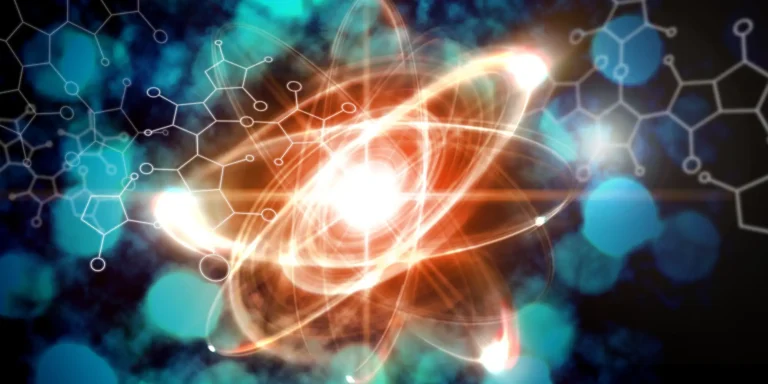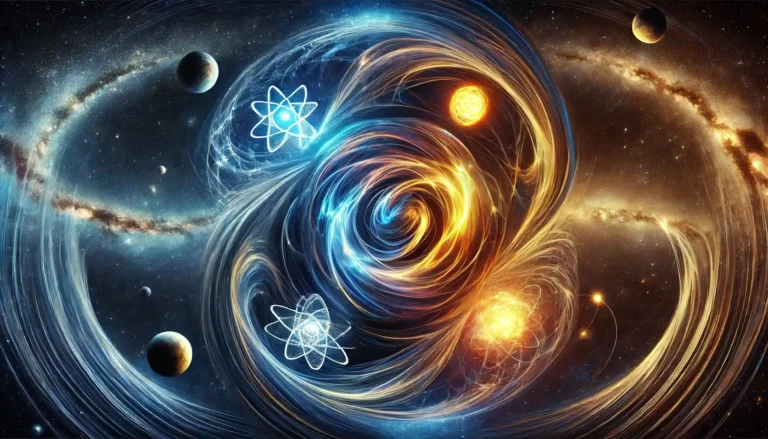Space Junks
A Mesmerizing Day and Night Sky
During the day, if we look at a clear cloudless sky, we will see a mesmerizing blue sky, which is enough to uplift our gloomy mood.
Again, at night, if we look at the clear cloudless sky, we will see a pitch-black sky filled with countless bright cosmic bodies, some of which are neighboring planets in our solar system, while the rest are stars located thousands or even millions of light-years away.
These numerous bright celestial bodies in the dark sky are enough to awaken your dormant curiosity.
The Nature of the Sky: Day vs. Night
The daytime sky refers to the colorful layer formed in the atmosphere due to the reflection of sunlight. And the night sky refers to the countless points of dim light from distant stars shining through the clear atmosphere when sunlight does not reflect at night.
The Hidden Debris in Space
Whether you look at the sky during the day or at night, your eyes are missing the thousands of satellites sent from Earth and the millions of large and small pieces of debris from destroyed satellites orbiting them. These are called space debris.
What Is Space Debris?
What is space debris? Is this debris a threat to Earth? And how is it affecting space exploration in the current era? These are the topics of today’s discussion.
A Brief History of Artificial Satellites
We all know that due to Earth’s gravitational force, the Moon, Earth’s only natural satellite, orbits the Earth. But alongside it, thousands of human-made artificial satellites also orbit the Earth under the influence of gravity.
On October 4, 1957, the Soviet Union (now Russia) launched the world’s first artificial satellite, Sputnik-1, into space. Since then, there has been competition among developed countries to send artificial satellites into space. And since then, more than 8,900 artificial satellites have been launched from over 40 countries.
According to a 2018 estimate, about 5,000 artificial satellites are still in Earth’s orbit. Of these, about 1,900 are still operational, and the rest have exceeded their lifespan and become space junk or space debris.
Where Are These Satellites?
Approximately 63% of operational satellites are located in Low Earth Orbit (LEO), around 400–500 kilometers above Earth.
Only 6% of artificial satellites are located in Medium Earth Orbit (MEO), around 20,000 kilometers, and the remaining 29% are in Geostationary Earth Orbit (GEO), around 36,000 kilometers. The remaining 2% are in various elliptical orbits.
Among the countries with the most satellites the US ranks first with around 859 satellites. China ranks second with around 220 satellites.
Russia ranks third with around 146 satellites. India has 118 satellites. Japan with around 72 and the United Kingdom with around 52 satellites.
Several large space stations, including the International Space Station, were partially launched and later assembled in a designated orbit.
Several dozen space probes have also been placed in orbit around other objects. Those have become artificial satellites of the Moon, Mercury, Venus, Mars, Jupiter, Saturn, some asteroids, a comet, and the Sun.
The Role of Artificial Satellites
Satellites serve numerous purposes :
- Creating star maps and maps of planetary surfaces
- Taking pictures of the planets where the satellite was launched
- Observing military and civilian activities
- Monitoring the Earth
- Enabling communication systems
- Navigation
- Weather forecasting
- Placing space
- telescopes
- Secretly spying on enemy forces
Artificial satellites are placed in specific locations in Earth’s orbit to avoid entering the orbit of other satellites. With increasing number of artificial satellites in space they often enter each other’s orbits and leading to collisions and turning into debris.
The Collision Problem
When artificial satellites collide and become debris, they break into large and small pieces. These pieces can range from a few millimeters to a few meters in size.
Like intact artificial satellites, these debris fragments orbit the Earth at speeds of 27,000–28,000 kilometers per hour.
Smaller fragments are more dangerous than the larger ones, as these fragments, ranging from millimeters to a few centimeters in length, are racing at 28,000 kilometers per hour. At such a speed, even a small piece is enough to destroy a large satellite.
Space Debris and Its Dangers
And the larger fragments are no less dangerous than meteors. These larger fragments can be several meters long, some as large as a school bus, and weigh several tons.
If a destroyed satellite with such weight falls to Earth, it can cause significant damage. On February 10, 2009, two satellites—America’s Iridium-33 and Russia’s Cosmos-2251—collided, causing their mutual destruction. This incident occurred 789 kilometers above Siberia.
NASA scientist Mark Matney told the MSSBC channel that this was the first recorded incident of two whole satellites colliding.
If space debris continues to destroy one satellite after another in this manner, eventually, all the satellites orbiting the Earth will be destroyed, collapsing Earth’s communication systems and internet connections.
In 1990, Germany launched the ROSAT satellite to capture images of black holes, neutron stars, and X-ray sources . However, due to gravitational forces, it entered the Earth’s atmosphere and was expected to hit somewhere on Earth between October 22 and 23, 2011, according to the German space agency DLR.
The Growing Issue of Space Debris
Current research says that there are over 9,300 tons of satellite debris in Earth’s orbit. The current competition among countries and private space agencies (especially SpaceX) to launch satellites is increasing the amount of space debris daily.
The growing amount of space debris is gradually increasing the issues of radio and light pollution. According to astronomical communities like the International Astronomical Union (IAU), the growth of future satellite constellations, such as SpaceX’s Starlink, will significantly increase pollution in Earth’s orbit.
A report from the 2020 SatCon-1 workshop noted that large satellite constellations could severely impact some astronomical research efforts. To reduce pollution and debris from re-entering satellites, alternative materials such as wood could be used.
The Future of Space Exploration
If this continues, there may come a time when space debris increases so much that starlight can no longer penetrate Earth’s atmosphere.No neighboring planets or distant stars will be visible in the sky. No spacecraft will be able to leave Earth’s orbit without being destroyed by space debris.
This would end our hopes of establishing colonies on the Moon or Mars, let alone sending spacecraft to distant destinations. Space exploration may come to a complete halt. We are harming ourselves in our short-term pursuit of progress and competition.
Efforts to Combat Space Debris
There is a glimmer of hope. NASA and various countries and private space agencies have initiated efforts to clean up space debris. But this task is not as easy as it seems. Collecting and returning to Earth the small fragments moving at speeds of 28,000 kilometers per hour is not an easy feat. Now we must wait and see how successful they are. Let’s hope they succeed in their mission, allowing humanity’s space exploration to continue.

















